Gluten-Free Sweet Potato Rolls
Published
Eating gluten-free doesn’t mean giving up a delicious buttery bun. A fall twist on Gluten-Free Dinner Rolls, these Gluten-Free Sweet Potato Rolls make a tasty addition to Thanksgiving dinner or for sandwiching a big, juicy burger.
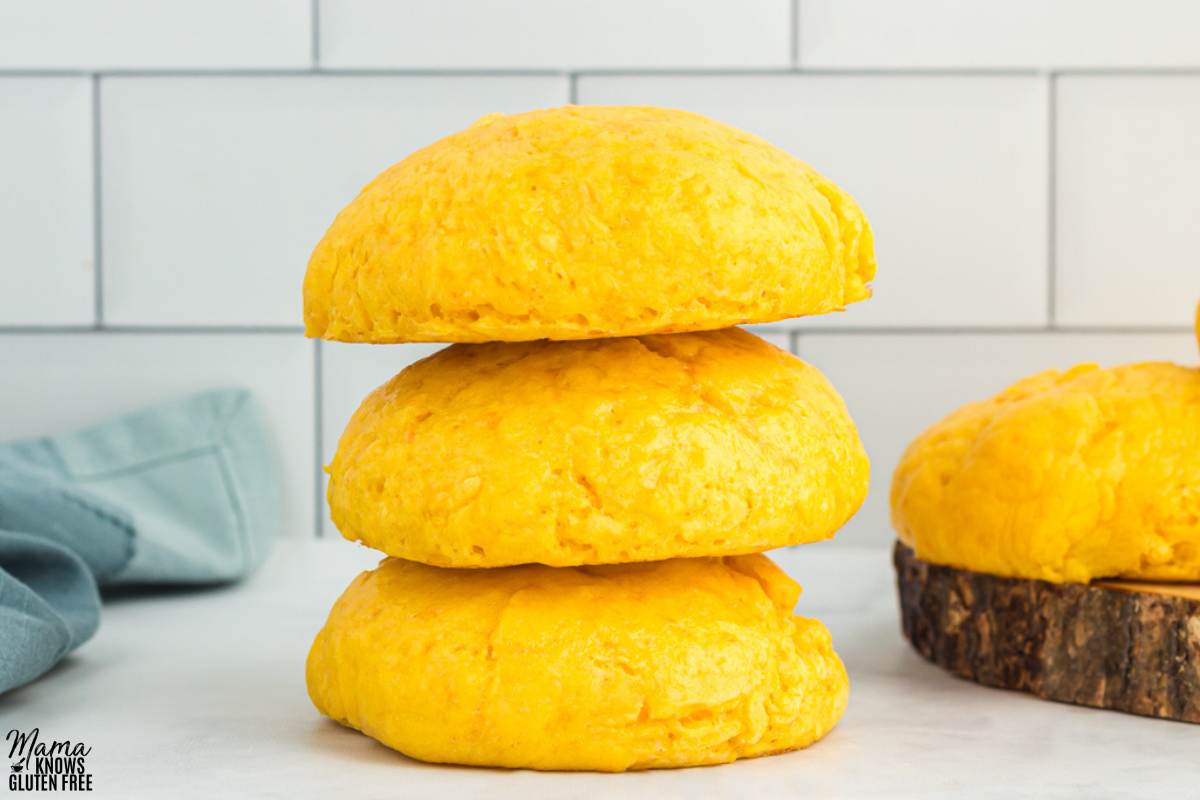
Easy Recipe for Gluten-Free Sweet Potato Rolls
A recipe for gluten-free rolls that anyone can pull off? Yes, it’s possible! I’ve tested this recipe many times to come up with a foolproof recipes for gluten-free sweet potato rolls that can be enjoyed in endless ways. Serve a batch as a gluten-free dinner roll at Thanksgiving dinner and fall potlucks or use them as a bun for burgers and sandwiches.
Be sure to read the all the notes before you get started. Something as simple as the temperature of the milk makes a bigger difference. Also, using the right ingredients matter, so check that you have everything in the pantry and fridge before you get started.
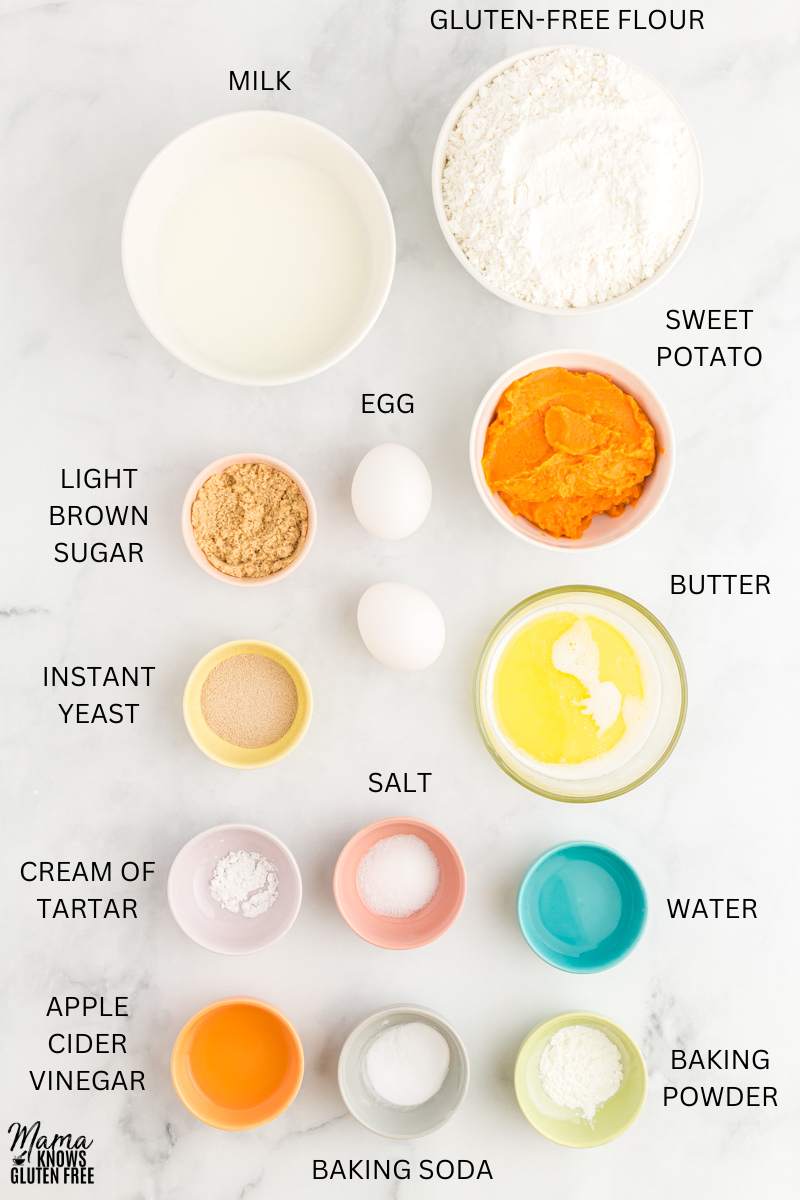
Ingredients
- Milk: It’s important that the temperature is warm (115°F), not hot. The yeast will not rise if the milk is too hot or too cold.
- Light Brown Sugar: Adds a slight sweetness and feeds the yeast. Do not skip this ingredient or substitute it with honey or maple syrup. The sugar helps activate the yeast.
- Quick-Rise Instant Yeast: Gives the buns a light and fluffy texture.
- Gluten-Free Flour: Not all gluten-free flours are created equal. It’s important to choose the correct gluten-free flour that works well with yeast and tastes great.
- Salt: Brings all the flavors together.
- Baking Powder, Baking Soda, and Cream of Tartar: They lift the rolls and create their soft texture.
- Mashed Sweet Potato: A healthy boost that also adds moisture and flavor.
- Eggs: Binds everything together.
- Unsalted Butter: Adds a delicious, buttery flavor.
- Apple Cider Vinegar: Helps with rising and tenderizes the dough.
How to Make Gluten-Free Sweet Potato Rolls
- In a large bowl, stir the warmed milk and light brown sugar until dissolved.
- Stir the yeast into warmed milk and let sit for 10 minutes. The yeast should activate and start to form a foamy layer. If it doesn’t start to rise and foam, see notes on how to check if your yeast is still good.
- In a separate medium bowl, whisk together the gluten-free flour, salt, baking powder, baking soda, and cream of tartar. Set aside. In the bowl with the yeast mixture, add the mashed sweet potato, egg, melted butter, and apple cider vinegar and stir until well combined.
- Using a mixer with a dough hook attachment, slowly mix the dry ingredients into the wet ingredients. Use a spatula to scrape down the sides and bottom of the bowl. Increase mixer speed to medium and continue to mix dough for 5 minutes. Spray a separate large bowl with non-stick cooking spray and transfer the dough to the new bowl. Spray a large piece of plastic wrap with cooking spray and cover the bowl. Set aside in a draft-free spot for 1 hour to 1 ½ hours until the dough doubles in size.
- Line a large baking sheet with parchment paper and set aside Once the dough has grown, lightly sprinkle gluten-free flour on a work surface. Transfer the dough over and gently fold it over a few times helping to work out large air bubbles.
- Gently roll the dough in your hands to form round 8 equal-sized rolls. Do not add more flour to the dough. Place rolls at least 2 inches apart on the prepared baking sheet. Spray a large piece of food-safe plastic wrap and cover the tray. Set aside for 1 hour to 1 ½ hours and let the rolls grow again in size.
- Right before the rolls are ready to bake, preheat the oven to 350°F. Whisk together the egg and water, then lightly brush over the rolls.
- Bake the rolls for 17 to 19 minutes or until internal temperature reaches 180°F.
- Optional: Brush additional melted butter over rolls when they first come out of the oven.
- Let the buns cool before cutting and serving. If you cut the buns when they’re still hot, this could cause the buns to dry out.
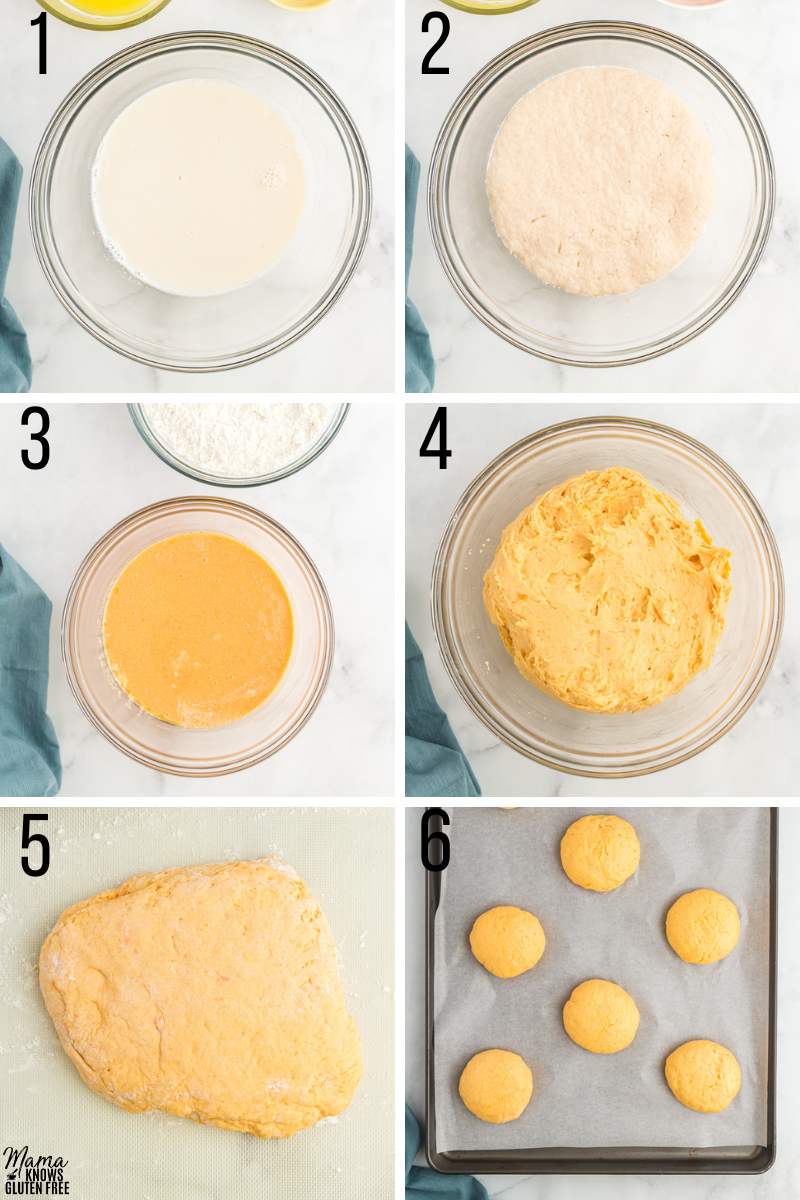
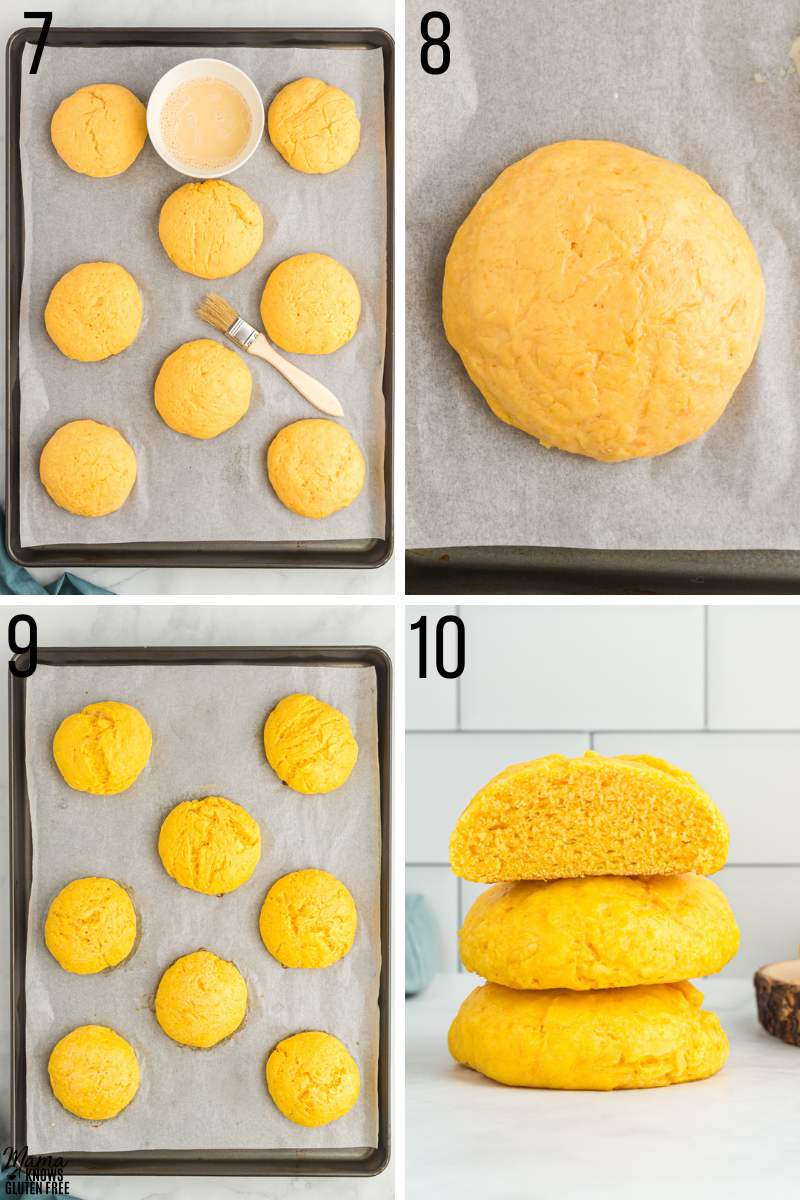
Special Equipment and Tools
- Food Thermometer: To check temperature of the milk.
- Food Scale: For accurately measuring ingredients like flour and making sure the rolls are the same size so they bake at the same speed. For making 8 rolls, each roll will be about 130 grams.
- Mixer with Dough Hooks: To properly knead dough.
- Large Baking Sheet: At least 21 x 15 inches to give the rolls space to rise without sticking to each other.
- Parchment Paper: For lining baking sheet and preventing buns from sticking to it.
- Pastry Brush: For brushing on the egg wash.
Tips for Making the Best Sweet Potato Rolls
- The wet ingredients should be at room temperature since adding them in cold will negatively affect the yeast.
- Mash the sweet potatoes until no large, hard chunks are left. If you’re able to puree the sweet potato without adding any extra liquid, that’s even better. Do not add any water, oil, or spices to the sweet potatoes.
- Use a food scale to measure the flour accurately. If you add too little or too much flour to this recipe, the buns won’t turn out properly.
- If your house tends to be cold and dry, preheating the oven to 200°F, turn it off, prop the door open, let the oven sit empty for 10 minutes, then place the dough inside to rest in the covered sprayed bowl or on the covered baking tray. Leave the oven door propped open the entire time the dough is rising. You just want a warm (not hot), draft-free place for your dough to rise. If you’re making these buns in a warm environment (or a hot summer day), then letting the dough rise at room temperature should be fine.
- After the dough rises, all handling of the dough should be light. Do not knead the dough after rising. You can gently fold it over several times to remove large air pockets and roll it in your hands to create round balls.
- If the dough is sticking to your hands, lightly spritz them with non-stick cooking spray or lightly dust with gluten-free flour.
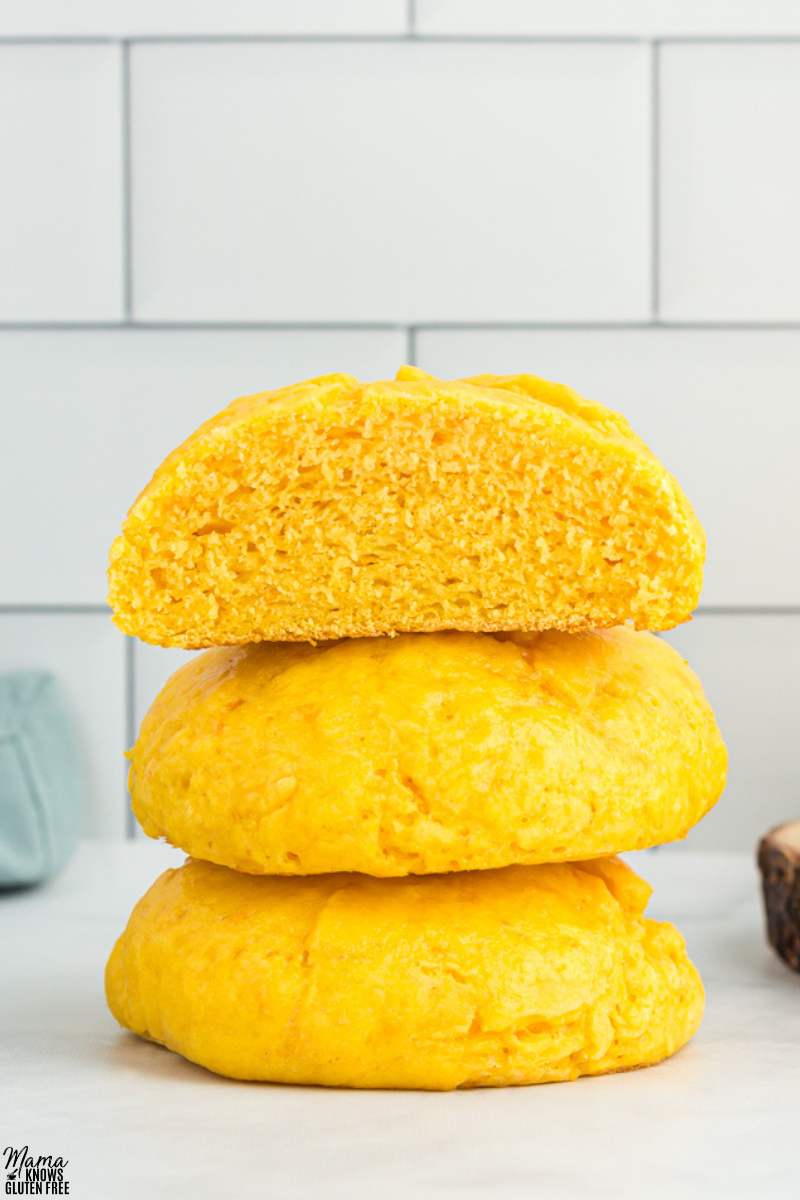
The Best Flour for Gluten-Free Sweet Potato Rolls
All gluten-free flours are not created equal. For this recipe, you want a gluten-free flour with the right texture and taste. I prefer to use Cup4Cup Multipurpose Flour Blend (a rice flour blend) for rolls since it bakes up with a pleasant taste that isn’t gritty. Do not use an oat or nut flour as the buns won’t rise properly. Not all gluten-free flours work well with yeast so if you choose to use a different brand, you may not get the same results. The gluten-free flour needs to contain xanthan gum. If the gluten-free flour you choose does not include that or guar gum, add 1 teaspoon to the dry ingredients.
How Do I Know If My Yeast Is Still Good?
Yeast does expire so it’s important that you watch for this when baking any kind of bread. The yeast must be mixed with warm milk (115°F). Do not add it to hot milk, which will kill the yeast. If the milk is too cold, the yeast won’t activate. Sugar also helps activate the yeast.
Let this all at room temperature for 10 minutes. If the mixture starts to foam, the yeast is still good to use. If it simply looks like milk with chunks of yeast in it, your yeast may be bad. Go grab a new bag!
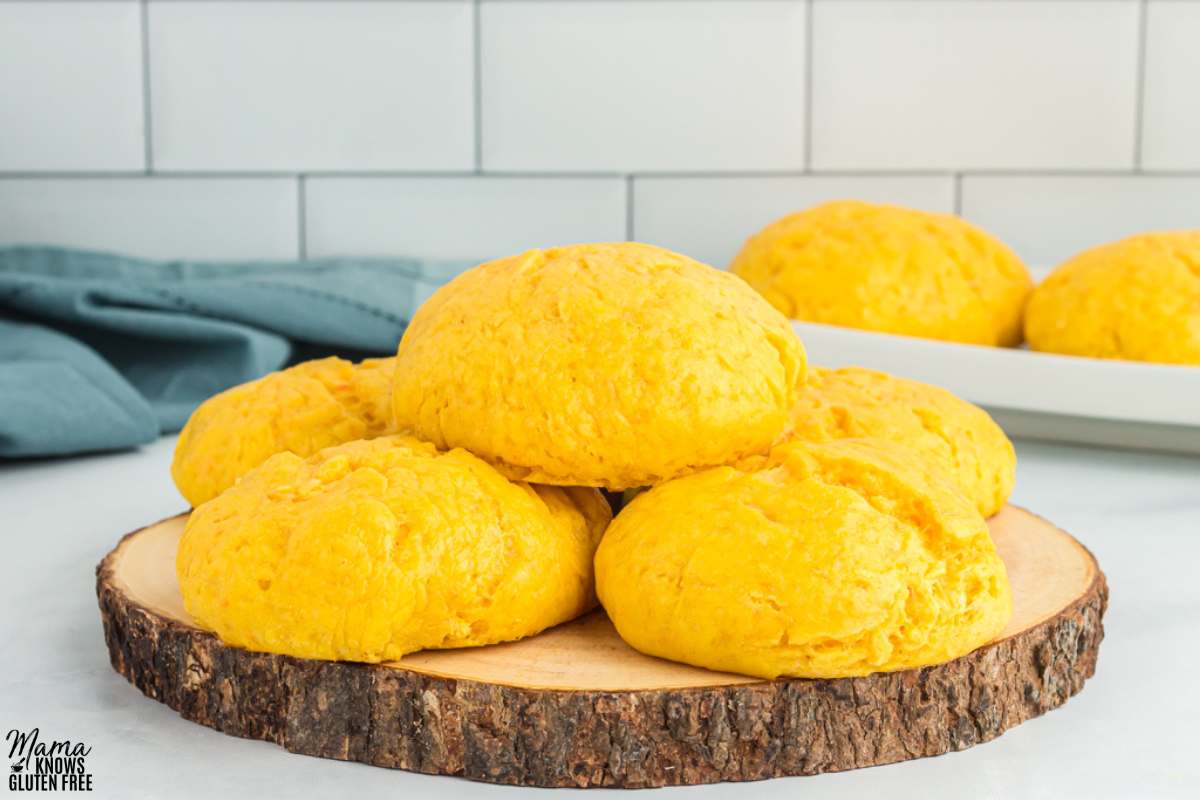
How Long Does It Take to Make Gluten-Free Sweet Potato Rolls?
The preparation and baking time adds up to less than 35 minutes, but you’ll need to allow yourself at least 2 hours (and up to 3) since the dough needs to rest and rise. There’s no way to speed up this rising process and you can’t skip it, so patience here is key.
How Long Are Gluten-Sweet Potato Rolls Good For?
These buns can remain at room temperature stored in an airtight food-safe container for up to 3 days. The buns can be frozen for up to two months. Bring buns back to room temperature before serving. Be sure to let the buns cool completely before transferring to a storage container.
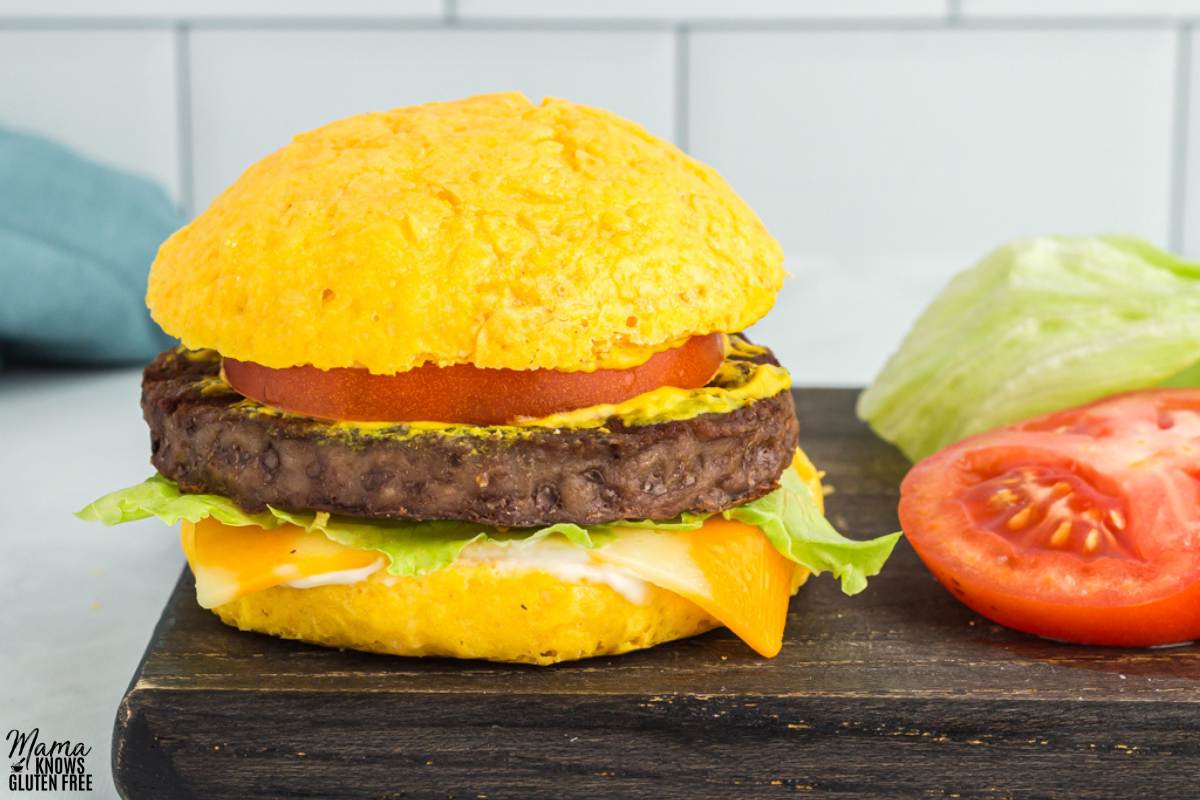
Why I Love These Sweet Potato Rolls
These flavorful gluten-free sweet potato rolls are great with Thanksgiving dinner, burgers, sandwiches and so much more! My favorite way to eat them is slightly warmed in the oven with a little melted butter over top.
More Delicious Gluten-Free Bread Recipes!
- Gluten-Free Focaccia
- Gluten-Free Bread
- Gluten-Free Dinner Rolls
- Gluten-Free Naan
- Gluten-Free Cornbread
★Did you make this recipe? Please give it a star rating below!★
Gluten-Free Sweet Potato Rolls
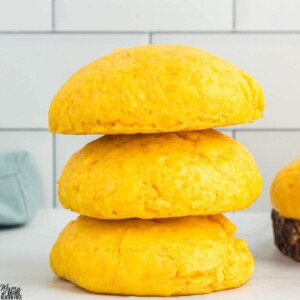
Ingredients
Sweet Potato Roll Dough
- 1 cup milk, warmed to 115°F
- 2 tablespoons light brown sugar, packed
- 1 tablespoon quick-rise instant yeast
- 3 ½ cups gluten-free flour
- 1 ½ teaspoons salt
- 1 teaspoon baking powder
- ½ teaspoon baking soda
- ¼ teaspoon cream of tartar
- ¾ cup mashed potatoes, room temperature
- 1 large egg, room temperature
- ¼ cup unsalted butter, melted, but not hot
- 1 tablespoon apple cider vinegar
Egg Wash
- 1 large egg, room temperature
- 1 tablespoon warm water
- 2 tablespoons butter, melted, optional for brushing on rolls
Instructions
- In a large bowl, stir the warmed milk and brown sugar together until dissolved.
- Stir in the yeast and let sit for 10 minutes. The yeast should activate and start to form a foamy layer on top.
- In a separate medium bowl, whisk together the gluten-free flour, salt, baking powder, baking soda, and cream of tartar. Set aside.
- In the bowl with the yeast mixture, add the mashed sweet potato, egg, melted butter, and apple cider vinegar. Stir until well combined.
- Using a mixer with a dough hook attachment, slowly mix the dry ingredients into the wet ingredients on low speed. Use a spatula to scrape down the sides and bottom of the bowl to make sure all the dry ingredients are fully mixed in. Increase mixer speed to medium and continue to knead the dough for 5 minutes.
- Spray a separate large bowl with non-stick cooking spray and transfer the dough to the new bowl using a greased spatula. This new bowl should have enough space for the dough to grow to almost double in size. Spray a large piece of food-safe plastic wrap with cooking spray and cover the bowl with the oil side down. Set the bowl aside for 1 hour to 1 ½ hours to allow the dough time to almost double in size. The dough should be kept in a warm (slightly warmer than room temperature) draft-free area.
- Line a large baking sheet with parchment paper and set aside.
- Once the dough has risen, lightly sprinkle gluten-free flour on a table or silicone baking mat. Transfer the dough to the surface and gently fold the dough over a few times to work out large air bubbles. Handle the dough gently. Spray your hands with non-stick cooking spray or lightly sprinkle on gluten-free flour to prevent the dough from sticking to your hands.
- Gently roll the dough in your hands to form 8 round rolls, each weighing about 130 grams. Do not add flour to the dough and be careful not to add too much flour to your work surface. Too much can dry out the rolls.
- Place rolls at least 2 inches apart on the prepared baking sheet. Spray a large piece of food-safe plastic wrap and cover the tray of dough rolls. Set this aside for 1 hour to 1 ½ hours to allow the rolls to rise again.
- Right before the rolls are ready to bake, preheat the oven to 350°F.
- For form the egg wash, whisk together the egg and water. Lightly brush over the rolls right before baking.
- Bake for 17 to 19 minutes or until the internal temperature reaches 180°F.
- Optional: Brush melted butter over rolls when they first come out of the oven.
- Let the buns cool before cutting and serving. If you cut the buns when they’re still hot, this could cause the buns to dry out.
Notes
- For this recipe, you want a gluten-free flour with the right texture and taste. I prefer to use Cup4Cup Multipurpose Flour Blend (a rice flour blend) for rolls since it bakes up with a pleasant taste that isn’t gritty. Do not use an oat or nut flour as the buns won’t rise properly.
- The gluten-free flour needs to contain xanthan gum. If the gluten-free flour you choose does not include that or guar gum, add 1 teaspoon to the dry ingredients.
- Use a food scale to accurately measure ingredients like flour and making sure the rolls are the same size so they bake at the same speed. For making 8 rolls, each roll will be about 130 grams.
- Mash the sweet potatoes until no large, hard chunks are left. If you’re able to puree the sweet potato without adding any extra liquid, that’s even better. Do not add any water, oil, or spices to the sweet potatoes.
- Your baking sheet should be at least 21 x 15 inches to give the rolls space to rise without sticking to each other.
- The wet ingredients should be at room temperature. Adding them in cold will negatively affect the yeast.
- If your house tends to be cold and dry, preheating the oven to 200°F, turn it off, prop the door open, let the oven sit empty for 10 minutes, then place the dough inside to rest in the covered sprayed bowl or on the covered baking tray. Leave the oven door propped open the entire time the dough is rising. You just want a warm (not hot), draft-free place for your dough to rise. If you’re making these buns in a warm environment (or a hot summer day), then letting the dough rise at room temperature should be fine.
- After the dough rises, all handling of the dough should be light. Do not knead the dough after rising. You can gently fold it over several times to remove large air pockets and roll it in your hands to create round balls.
- If the dough is sticking to your hands, lightly spritz them with non-stick cooking spray or lightly dust with gluten-free flour.
- To store: These buns can remain at room temperature stored in an airtight food-safe container for up to 3 days.
- To freeze: The buns can be frozen for up to two months.
- Mama says, “Make sure to always check your labels!
Nutrition
Nutrition information is automatically calculated, so should only be used as an approximation.
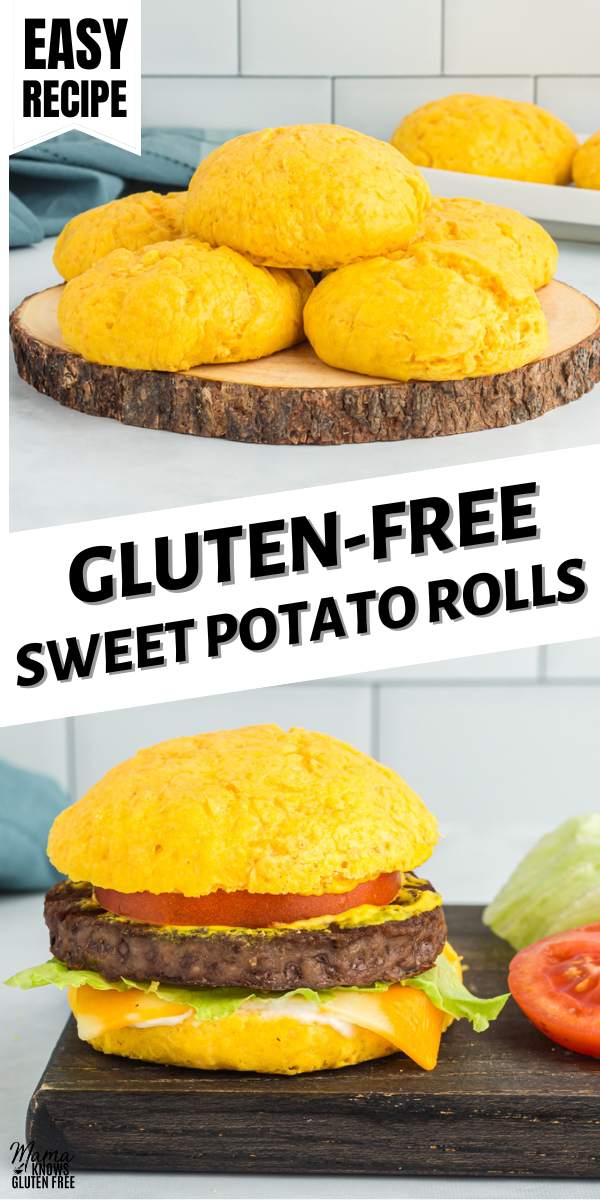
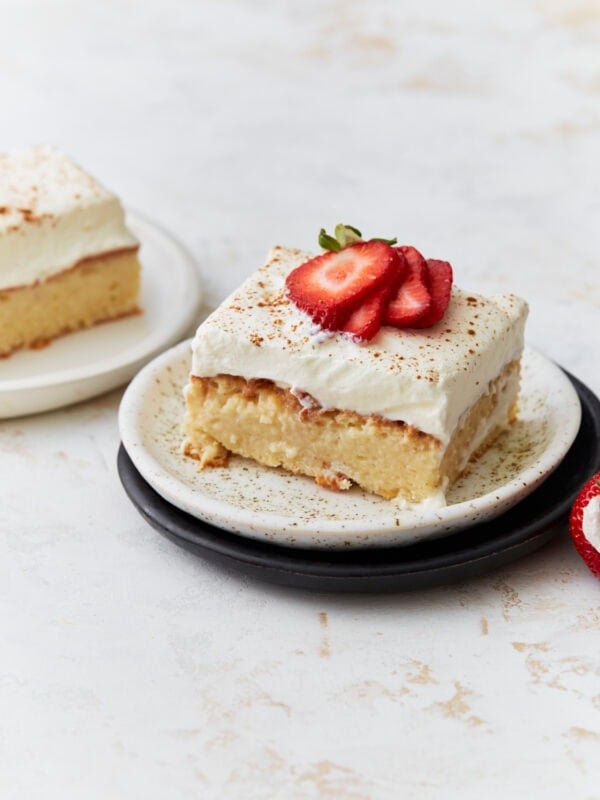

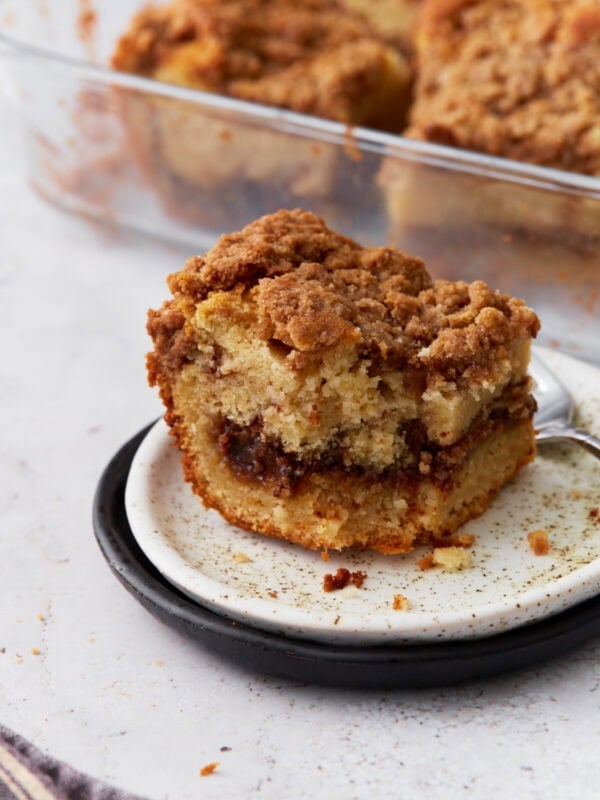
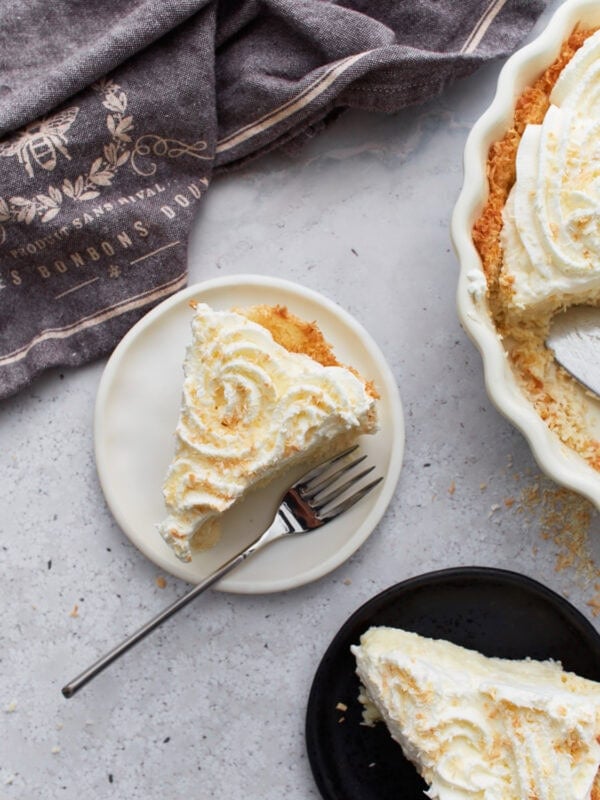






can these be made vegan?
Hi Carol, while we can confidently say that you can swap out the butter and milk for vegan alternatives, we have not tested this recipe with an egg replacer. We’d love to hear your results if you try it!
I made this recipe for Thanksgiving and also a few days later. The first time the batter was extremely loose. So the second time I decided to bake the sweet potato in the oven instead of boiling it, which helped a lot. However I felt like my dough was still light, difficult to handle
It didn’t look like the dough in the photo above. What am I doing wrong. The rolls is absolutely delicious though.